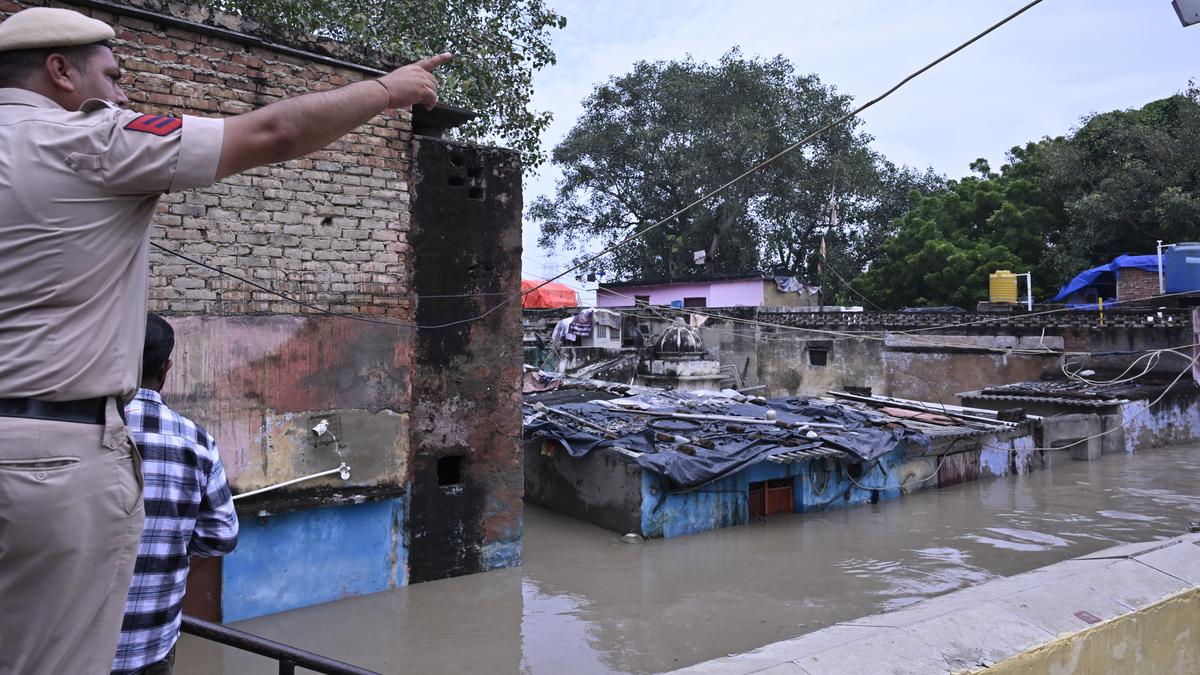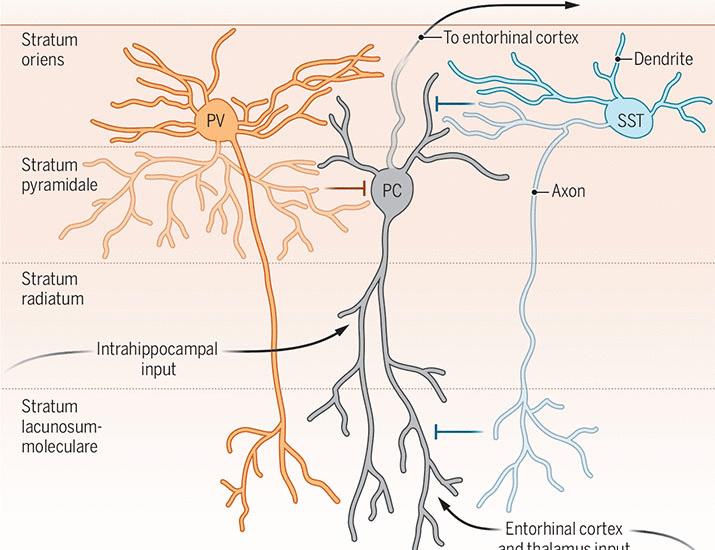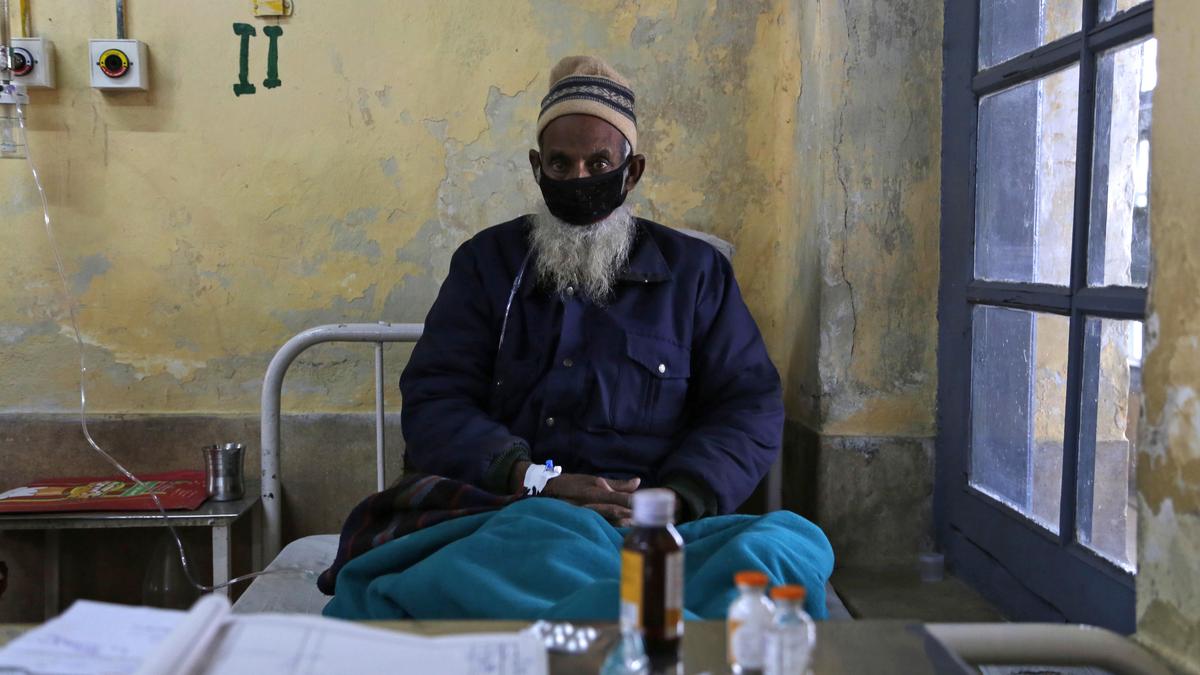Now Reading: Delhi Closes Nigambodh Ghats as Yamuna Crosses 207-Metre Danger Mark
-
01
Delhi Closes Nigambodh Ghats as Yamuna Crosses 207-Metre Danger Mark
Delhi Closes Nigambodh Ghats as Yamuna Crosses 207-Metre Danger Mark

Swift Summary
- The Yamuna River in Delhi breached the 207-meter mark on September 3, 2025, for the fifth time as 1963, causing widespread flooding.
- Over 8,018 people have been shifted to relief tents,while an additional 2,030 were moved to permanent shelters.
- Nigambodh ghat (Delhi’s oldest cremation ground) and Geeta Colony crematorium suspended operations due to floodwater intrusion.
- Officials closed all city regulator drains to prevent backflow from the river as it reached a critical level of 207.39 meters at 8 p.m. More water discharge from Okhla Barrage is being monitored for better management.
- Rescue teams from NDRF, police forces, and fire services assisted in evacuating displaced residents carrying belongings through neck-deep water.
- Shopkeepers and families affected in areas like Majnu-ka-Tila and Madanpur Khadar faced severe disruptions. Relief camps with over 522 tents have been set up across Delhi by the state government at around 38 locations.
- The flood impacted about 10,000 residents living in low-lying areas across flooded districts such as shahdara and South East Delhi. Traffic advisories issued by authorities suggest alternate routes due to congestion caused by road closures.
Indian Opinion Analysis
The Yamuna River breaching its banks has once again revealed vulnerabilities in urban flood preparedness within India’s capital city. Historical parallels show recurring patterns; major floods occurred notably in years like 1978 (207.49m), recent challenges mirroring disasters seen just two years earlier require renewed focus on infrastructure resilience plans.Immediate interventions like deploying disaster response coordination mechanisms offered quick housing/shelters minimizing humanitarian risks although longer-term adaptive reforms toward regulating embankmentspectives critical controlling repeated backflow worsening crisis directly align’agency sustainabilities



























